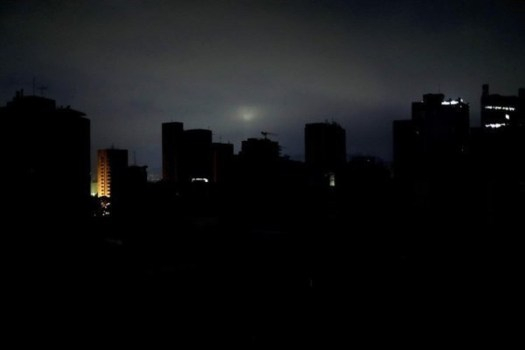Do Zimbabwe’s State-Owned Companies Add Value to Our Lives?
Our country boasts more than 100 State Owned Enterprises (SOEs) and still counting. A 2023 Auditor General’s report says 51 failed to submit financial statements.
SOEs now contribute a miserly 20% of Gross Domestic Product. Not just that, they perform so badly (Donald Trumps’ Language!) that just over 10% of GDP is injected to bail out their humongous US$300 million losses. Most of their income is ascribed to recurrent expenses like salaries, wages and executive benefits. With so much top-heavy human capital, corporate inefficiency revolves around non‑delivery in procurement, mismanagement, weak internal controls, corruption, and looting.
*COMALISO Has a Strong Case for Privatisation*
When we argue for outright privatisation of say, ZESA, this is motivated by its ageing infrastructure that government seems not capable of replacing.
Moreover, years of sub-cost tariffs prevent investments in infrastructure upkeep or expansion. With a miserly USD55 million revenue most of it denominated in ZiG, ZESA labours under a USD2 billion debt. Also consider the deadly cost of corruption, poor debt/revenue collection, load shedding, power outages and vandalism.
Millions of Zimbabweans have to endure 1‑5 hours of no power daily, forcing heavy reliance on generators and inverters. Industries suffer from unreliable energy, derailing productivity and adding costs via imports.
*But How Would Privatisation Help the Situation?*
Many people argue that our institution of national governance is too compromised to moderate ‘free and fair’ privatisation. However, privatisation’s profit motives underpin implementation of stricter maintenance, lean staffing, and transparent procurement—reducing waste and improving uptime. It is also easier for ZESA to attract private capital without draining government budgets.
Moreover, oversight and accountability are improved. IPPs will have more confidence since they don’t operate under the shadow of a monopolistic ZESA.
*COMALISO Listens to Those Opposed to Privatisation*
Like I mentioned above, politically compromised institutions should be prevented from supervising ZESA privatisation to avoid favouritism and looting. There must be proper legislation, Parliamentary and CSO oversight. Besides, no private investor would want to inherit a 300-million-dollar debt. There are those who fear profit motive not only escalates the tariff upwards but also prevents investment in non-profitable rural areas. There are also doubts on ZERA’s ability to regulate electricity free markets.
*Advantages of ZESA Privatisation Far Outweigh Disadvantages*
We have had so many privatised sectors (transport, dairy, telephony) that inspire advantages due to improved quality, increased products, efficiency and quality. A lean and single entity ZESA or even unbundled at different value chain levels produces better power supply results. Debt can also be restructured to re-focus on capitalisation while regulatory overhaul, ZERA autonomy, transparent bidding, and strong oversight enhances efficiency. Market related tariffs – higher or lower – encourage profitability for enhanced 24/7 power supply assuming the privatisation process falls within a suitable pace. However, tariffs will need to be sensitive to needs of vulnerable. COMALISO’s conclusion is that with nature and extent of our natural and human capital endowment, a privatised ZESA can deliver more than 3000MW with excess for export.
*(Summarised by Rejoice Ngwenya from Jabulani Chibaya’s notes, 26 June 2025)*




